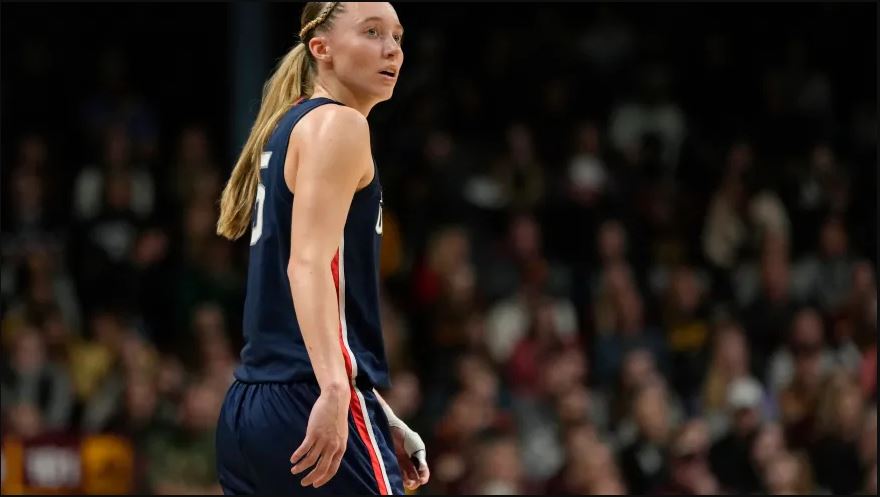NEW ORLEANS — More than 100 years ago, the world was waiting to hear news from the Bywater.
“There were three cities–Boston, New York, and Philadelphia–that took the largest and tallest buildings in town and put a series of colored lights on the top of the building so that the patrons could know round by round who won,” says historian and author Derby Gisclair.
They were waiting for news of the heavyweight battle between boxers John L. Sullivan and James Corbett. It was the biggest story in the sporting world on that September 7th of 1892. And it was happening in the Olympic Club on Royal Street.
And, it was the third big fight in the club in three days.
“This Fistic Carnival that went for three consecutive days–nothing like this had ever been held anywhere in the world,” says Gisclair.
Gisclair’s book The Olympic Club of New Orleans: Epicenter of Professional Boxing, 1883-1897 reveals details about the boxing club that no longer exists on the corner of Royal Street and Montegut Street. It burned down in the late 1890s. But, while it was around, Giscalir says it was something to see.
“The Olympic Club had a wooden arena with a retractable roof; was wired for carbon arc and incandescent lighting; telephone and telegraph for the international press that covered the fights; and, held 10-11,000 people,” says Gisclair.
The three days of fighting started on September 5, 1892, with lightweights Jack McAuliffe and Billy Myer fighting for a title.
The next day saw George Dixon defeat Jack Skelly for the featherweight championship. Dixon was the first African American to fight in the Olympic Club. And, it was the first time African American patrons were allowed inside the club, though Gisclair points out that they were in a separate section upstairs.
The third and final day saw the main event: the heavyweight fight between Sullivan and Corbett.
“John L. Sullivan was the world’s first million-dollar athlete,” says Gisclair. “He was larger than life. Corbett was a newcomer.”
“It went 21 rounds and you could have heard a pin drop when Corbett dropped John L. Sullivan. No one expected it,” he says.
The three days of the Fistic Carnival sold 50,000 tickets. Gisclair says it was a turning point for professional boxing.
“It was a changing of the guard, if you will, from fights outdoors in clandestine locations, in barns, and race tracks in the dead of night to inside the Olympic Club,” says Gisclair.
